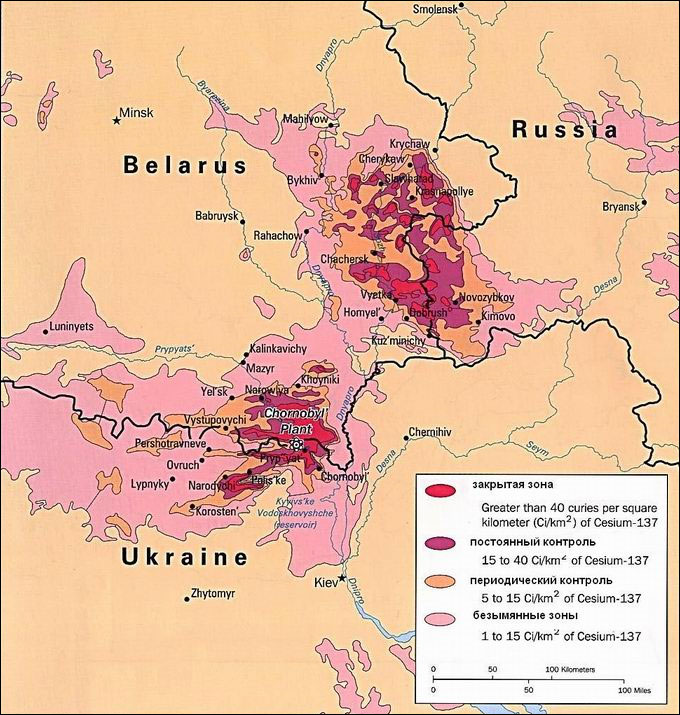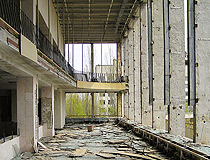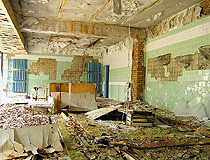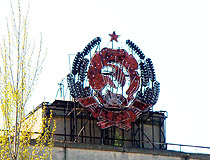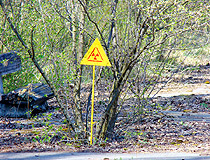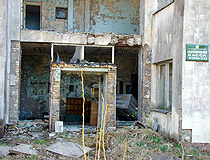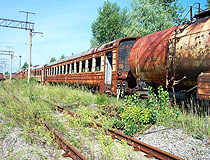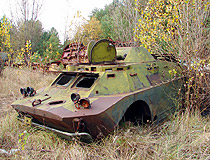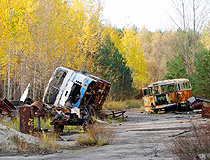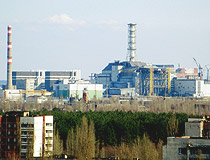Pripyat - Overview
Pripyat (also known as Prypiat or Prypyat) is an abandoned city located in the north of the Kyiv region of Ukraine, about 180 km from Kyiv, on the banks of the Pripyat River, 2 km from the Chernobyl Nuclear Power Plant, not far from the border with the Republic of Belarus.
The city was home to employees of the Chernobyl Nuclear Power Plant - one of the largest nuclear power plants of its time in Europe.
Map of the Chernobyl accident region
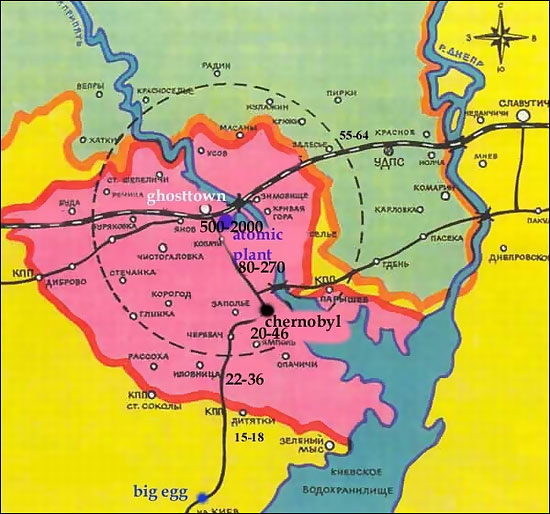
History of Pripyat
Pripyat was founded on February 4, 1970. The status of the city was received in 1979, on the basis of the resolution of the Supreme Soviet of the Ukrainian SSR #1264/686.
The main reason for the foundation of the city was the construction and subsequent operation of the Chernobyl nuclear power plant. In this connection, Pripyat was also called the city of nuclear scientists. Pripyat became the ninth atomograd in the Soviet Union - a satellite city of the nuclear power plant.
According to the last census conducted before the evacuation (in November 1985), the population of Pripyat was 47,500 people. People of 27 nationalities lived in the city. The annual population growth at that time was more than 1,500 people, among which about 800 were newborns, and approximately 500-600 people - who came to permanent residence from different regions of the Soviet Union. The projected population of Pripyat was 75-85 thousand people.
The railway station Janov, a pier on the Pripyat River, highways turned Pripyat into a convenient transport junction of Polissya.
On April 27, 1986, the whole population of Pripyat was evacuated because of the Chernobyl accident. A new satellite city of Slavutich, 50 km from the nuclear power plant, was built to accommodate the personnel of the Chernobyl NPP. Today, Pripyat is in the Chernobyl exclusion zone.
After the accident, much was done to decontaminate the city’s territory, which led to a significant reduction in the level of radiation contamination.
Pripyat - Features and Tourism
In Pripyat, there is still a lot of radioactive dust consisting of relatively long-lived radioactive elements. This dust accumulates in ditches, depressions. Dust has firmly ingested in the soil, trees, houses. To the south of the city there is the so-called Red Forest, which was destroyed during the decontamination of Pripyat. Today, the forest recovers and absorbs radiation from the ground.
The city is overgrown with bushes and trees turning it into a real forest. It will be another 10 to 15 years and the buildings will collapse massively. Therefore, if you want to visit this unique place, then you should go in the near future because everything will only get worse.
After decontamination, some city buildings and structures were used by various organizations of the Exclusion Zone, but to date almost all of them have been abandoned. In 2017, in the territory of Pripyat, there were only a few facilities - a special laundry, a deironing and water fluoridation station, a garage for special equipment, as well as a checkpoint at the entrance to the city. Everyday trains run from Slavutich to Semihody station near Pripyat.
Unlike other settlements of the Chernobyl zone, the cities of Pripyat and Chernobyl were not deprived of the status of settlements. Pripyat is formally considered to be a city of regional importance, subordinated to the Kyiv Regional Council.
Today, the city of Pripyat is closed and turned into a Soviet city-museum under the open sky. Regular tours of the city are conducted by several Kyiv travel agencies. Also it is a favorite place of stalkers who illegally enter the city.
The level of received additional radiation, if you follow the usual precautionary measures, is comparable to one hour flight on an airplane. The easiest way to get to Pripyat is to buy a tour for one or two days. The cost of the tour, which includes the trip from Kyiv and back, registration of documents, lunch and overnight, is about 100-150 USD.
Pripyat without people - nature quickly destroys the city
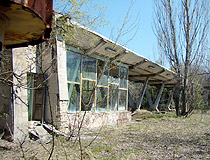
On the street in Pripyat
Author: Alex Taranenko
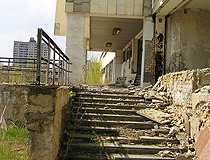
Building in the abandoned Pripyat
Author: nikel303
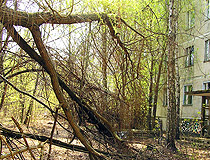
Pripyat is becoming a forest
Author: nikel303
Radiation hotspots resulting from the Chernobyl Nuclear Power Plant accident
